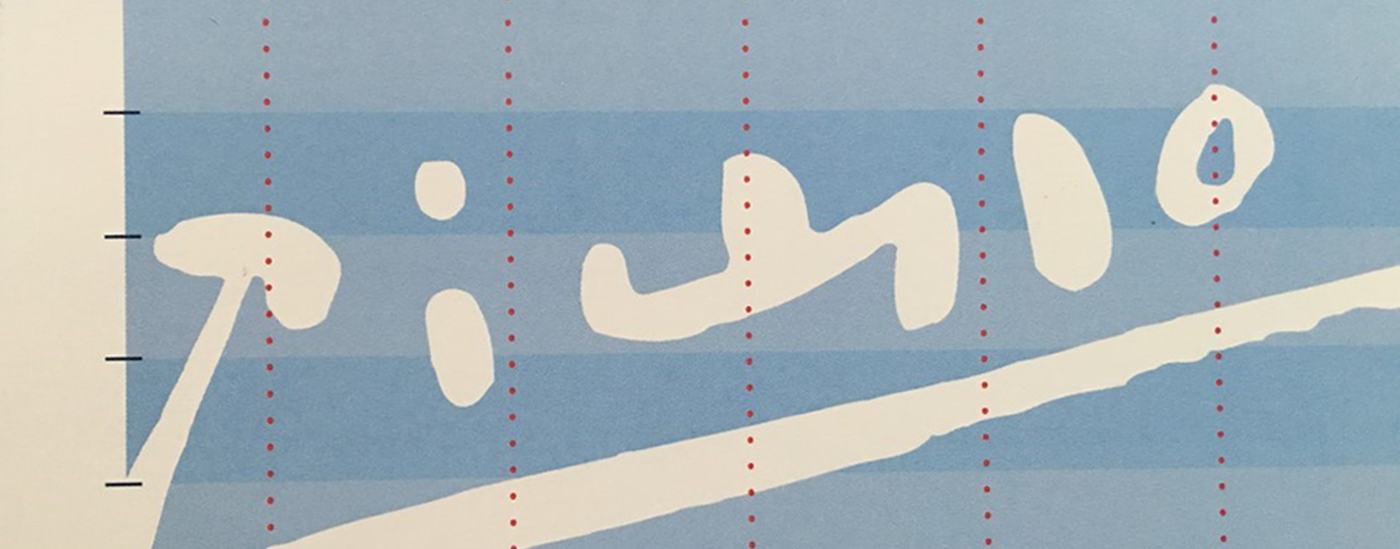
Fernwood Art Investments, LLC was conceived and founded by Bruce Taub, a former financial industry senior management and marketing executive, in 2002. Fernwood closed its doors in 2006.
Fernwood’s mission was to be the premier provider of art-related investment products and economic research for institutions and high net worth individuals. Having developed a way to efficiently invest in fine art, Fernwood planned to create and distribute products that would enable investors to achieve attractive returns and diversification benefits through its active management of opportunity, value and risk within portfolios of art assets.
For a period of almost four years, a team of experienced and accomplished professionals from the worlds of both finance and art worked diligently and creatively to deliver on Fernwood’s mission and toward its success. Along the way, the company received extensive press coverage by reputable financial news organizations including: the Wall Street Journal, the Financial Times, the New York Times, the Economist, Barron’s, Institutional Investor and CNBC. Much of this coverage is still available online, as is a Harvard Business School case written about the company and used in its graduate business and executive leadership programs. Far from a frivolous exercise, the information still publicly available reflects an enterprise of considerable sophistication, scope and seriousness.
The Fernwood story ends badly. Not only did the company fail to raise sufficient funds to launch its investment products, the company itself and its founder and chief executive, Mr. Taub, were sued by unhappy investors comprising a minority portion of its equity. The claimants alleged all manner of unflattering things, as unhappy investors often do. Over the years, a handful of articles and blogs have been published about this litigation, but little attention has been given to the ground breaking research and other fine work produced by the Fernwood team.
Until now. Recently, a number of individuals associated or familiar with Fernwood – those who refuse to accept the characterization of the company or its founder as anything less than sincerely determined to see the company succeed and working responsibly toward that end - concluded that the positive elements of the Fernwood story deserved to be told, and could serve as an informational and educational resource for art and finance students and practitioners. That story is best told by the company’s marketing materials, which are reproduced on the following pages. The hope is that these materials will prove instructive and useful to others interested in the investment attributes of fine art, for whatever purpose that interest may be directed.